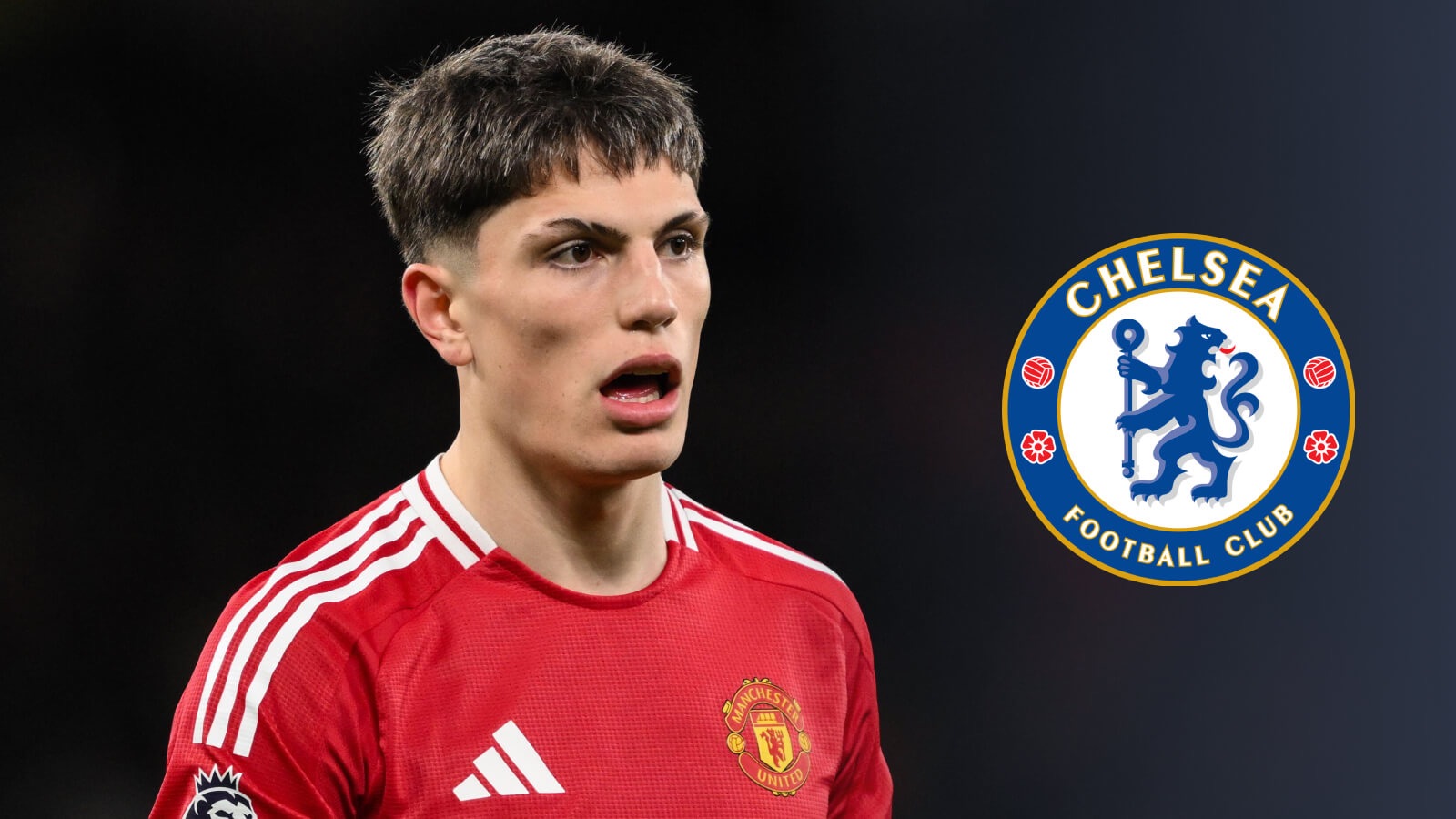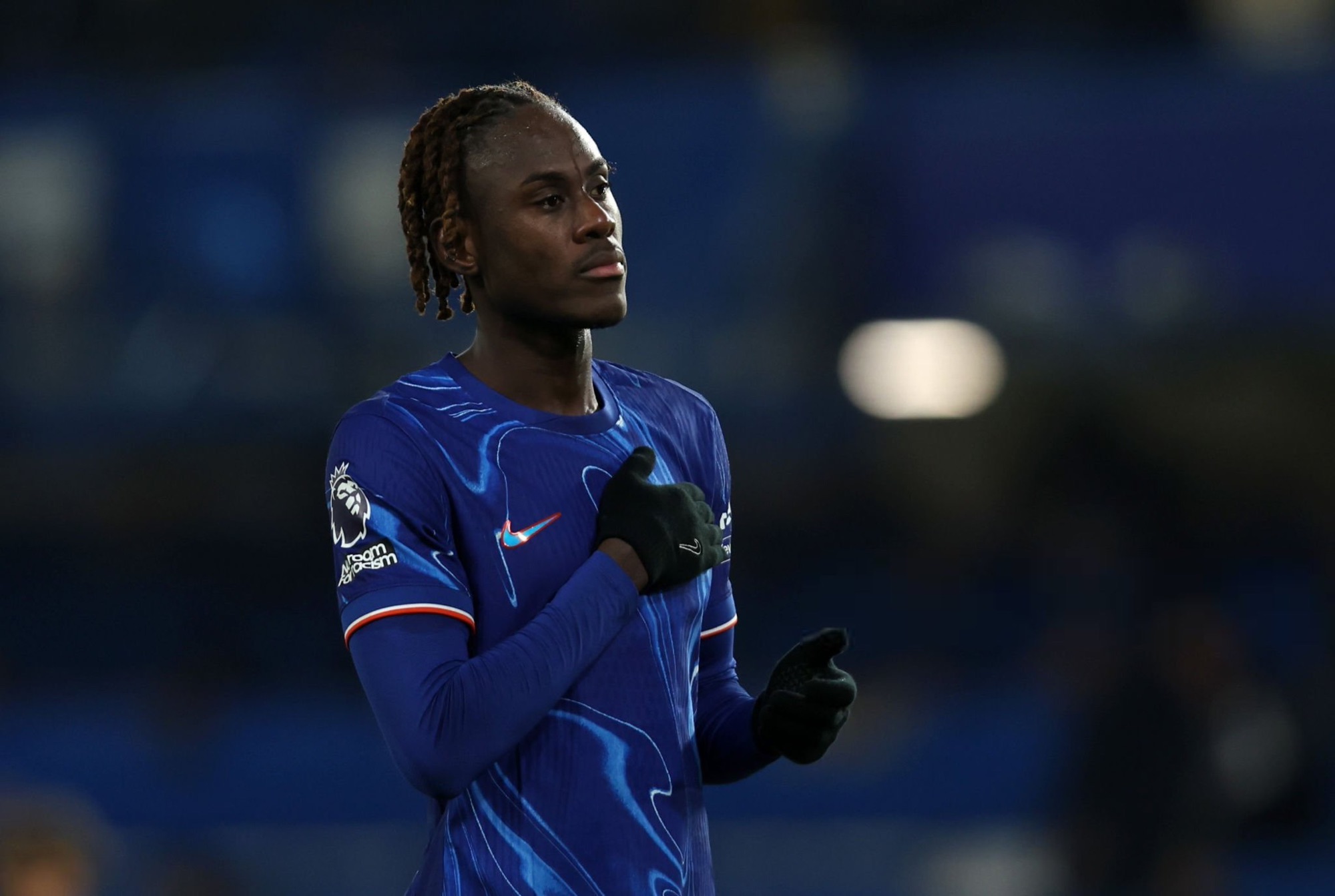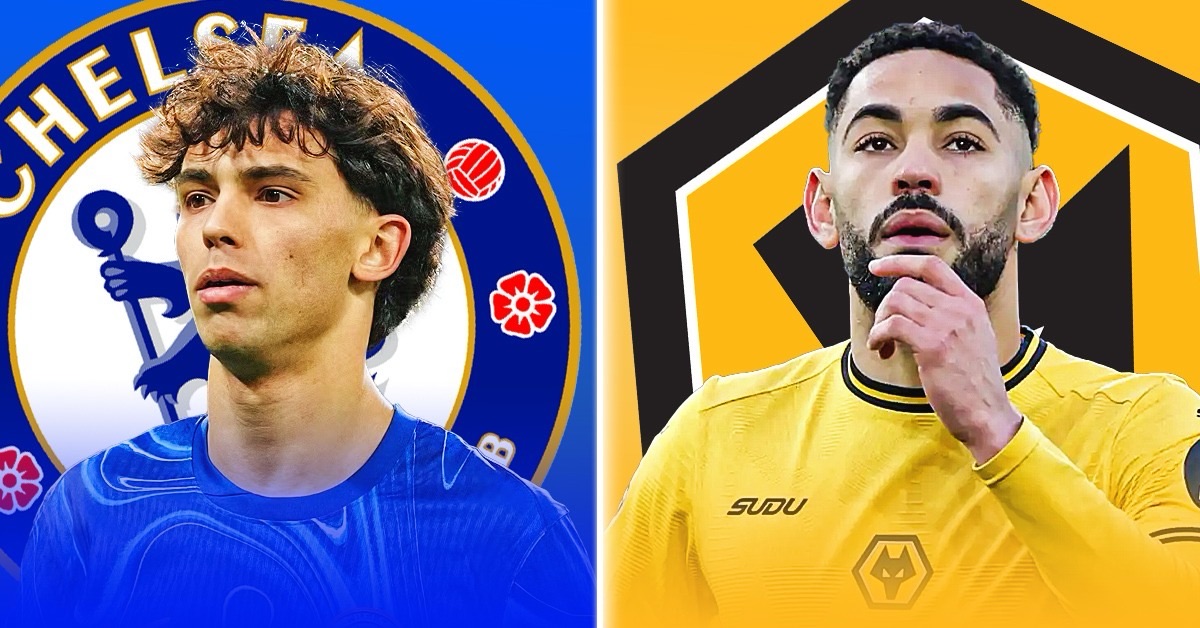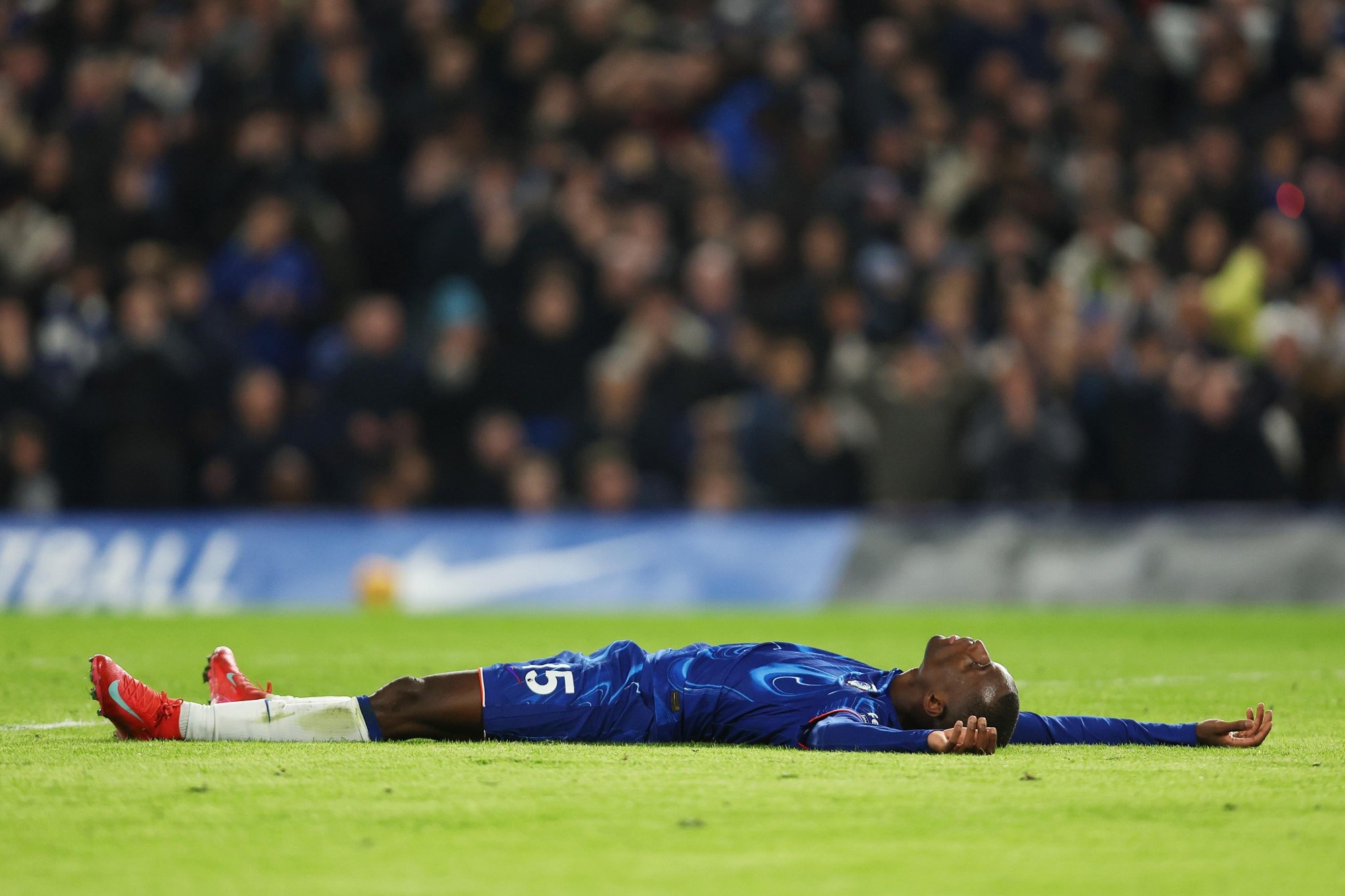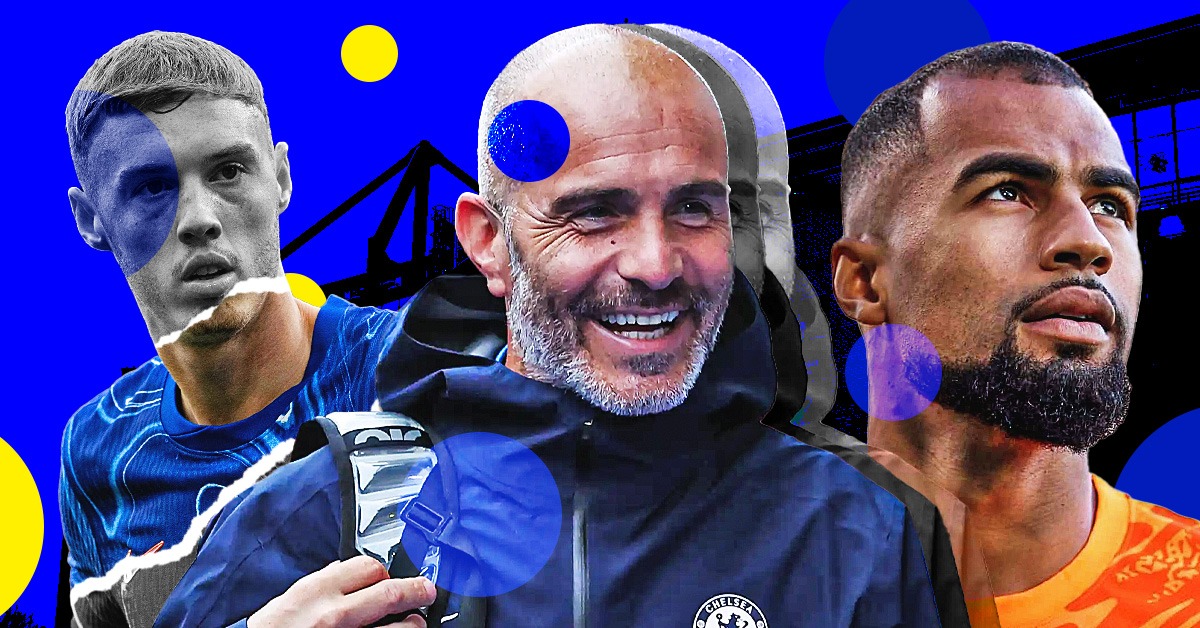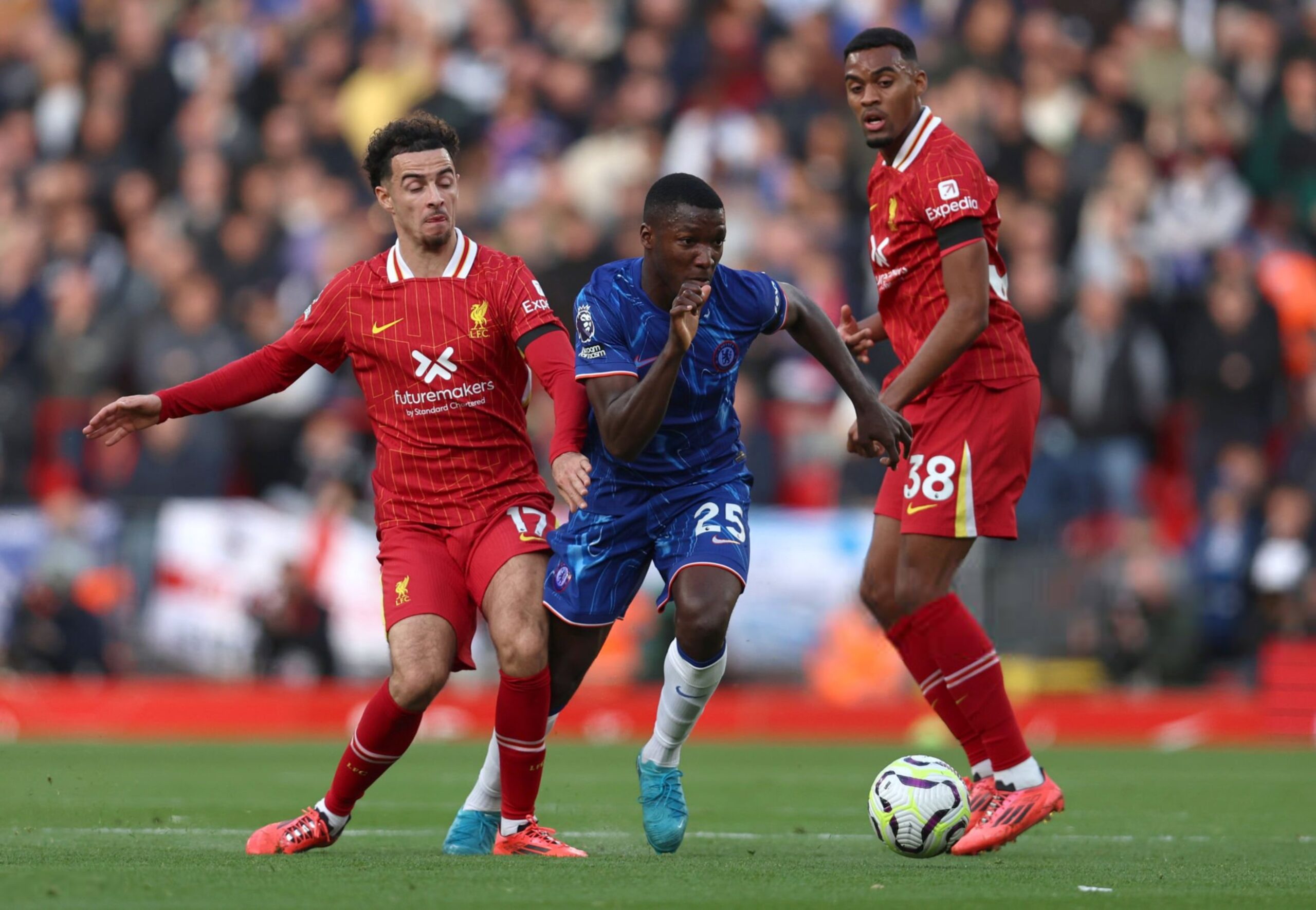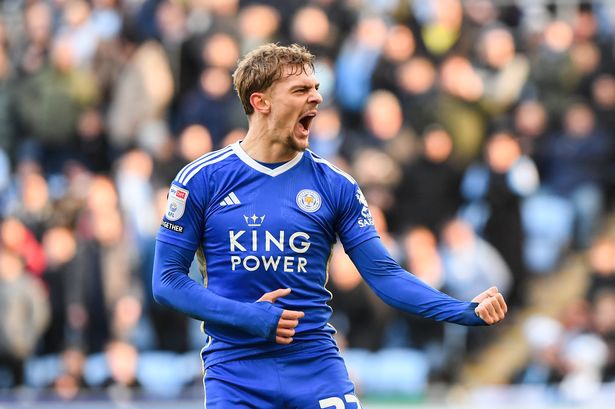2007 was a revelation for Football Manager lovers everywhere, as the game introduced over a 100 new features. Diagrams, figures, charts were all introduced as the scouting feature was improved. This was what attracted me to the game. Being a Chelsea fan since 2001-02, I felt more connected to the club as I managed Chelsea and led them to victories after victories. FM 13, however, left me a bit frustrated. The training left me very disappointed as the game was very hyped before its release. Here’s how it looks like on FM 12:
Most of the users put the workload on “Very High” and additional focus area on “Attacking Movement” during pre-season when they were newly appointed. This ensured that their tactical bar filled up, so that the players were more adapted to the manager’s tactical approach and players would soon gel together. However FM 13 changed it to this –
This would only let us change the focus, and like most people, I kept it on attacking movement. This made it harder for users to realize whether the players are getting used to the tactics or not. This awkward tactics interface is the only downside for me. Other than that this game is as enjoyable as its ancestors. I don’t exactly consider myself as really good at this game, but I think I’m good enough to share some of the tips I have picked up over the years of gaming. Tips that I have shared with absolutely no one. Bradford City might have reached the FA Cup final this year, but in my FM11 save, they won the Champions League in 2016.
Here are some of the tips for Football Manager 13 for a top flight club-
1) It takes time
Managing a top flight club seems easy, but it can be tougher than you expect. Getting used to it and making your team win takes quite some time. I usually play FM by picking up small teams, which makes the game more exciting; but if I do take the big ones, I pick Chelsea. Why? Decent transfer budget, quality players, good scouting network and great facilities for youth players. I ended pre-season by losing against some Mexican team that even the Mexicans haven’t heard of. But now, I find myself on the top of the table. 17 points above Manchester City, with a game in hand.
I have won every trophy put forward and find myself in an unbeaten streak spanning over 42 games in my first season. Time is money and over here, it’s the difference between a win and a loss.
2) Choose your transfers carefully and make the best out of your youth
You don’t have to buy Ronaldo because you find it funny. I’m being serious here. If domination is to be achieved then you have to use youth and make transfers only on players you find that are really important and provide depth. Depth is the most important factor in achieving success. FM 13′s fatigue system ensures that players are more tired than they would be in FM 12. For example, in FM 12, after a game the player could achieve 100% fitness in maybe 3 days; but in FM 13, the player will not achieve that in maybe even an entire week. Depth in each and every position along with usage of youth academy players is vital.
This is a screenshot of the lineups I used against the 2 teams. To make it clear, Falcao is the only player I’ve brought in. The reason being, he took an entire chunk out of my transfer budget, leaving me unable to increase depth in defense.
I had to play United on the 12th after a week long rest. Fair enough, I’ll field the toughest side I can field. I did so as well, ensuring a good 2-0 win, with just one yellow card. I had to play Newcastle 2 days later, and I had to ensure 3 points so as to increase my lead on the top of the table. However, I was left with no choice but to field youth players whose loans I had cancelled at the start of the season. That’s the first thing one must do. FM 12 was all about loaning players to clubs to ensure their development. This is where I reveal my “Three Tier System” . I have never told this to anyone, but I guess some do follow it.
Whenever I acquire a young player, let’s say a 16-year-old whose worth around 1-2 million, I loan him to any small club out there, preferably in England – so that he can pick up the language and increase his adaptability – and in the 3rd division. He becomes their star players, wins the Player of the Year award and bumps up his market value. I then loan him next season to a second division team. He becomes their star player, and bumps up his market value. I then loan him to a Premier League team, that is if I’m playing with Chelsea, for just 6 months. When he comes back, I give him cameo appearances in the first team. This ensures the following 3 things –
a. His market value increases. If you have a stingy board which doesn’t bump up your wallet every season, selling players could help.
b. He develops into a world class player. One for the future.
c. You have a systematic approach to loaning players. Keep notes and track every loan you make. Don’t just blindly accept loan offers. Write them down always.
Now that you’re done applauding me, let’s go back to the screen shot. I had 8 youth players against a Newcastle team that fielded 11 internationals. I still managed to churn out a 2-0 win and this is why I like FM 13. This is not possible in FM 12. Playing more than 3 youth players almost usually ensured a loss in FM 12.
3) Keeping notes on handling backroom advice
“Make notes? Should I actually take this game this seriously? “
Its common if you feel those kind of thoughts running through your mind. I felt the same before I realized the amount of impact it could make. Its pretty much the difference between a good manager and a world class manager. I have deleted all my notes and imported them out, so that I don’t let my secrets out. In all, I had about 47 notes this season, most of which I’ll probably delete at the end of this season.
This note is an example. This kind of note stays for 3 seasons max, as the tactical approach is bound to change. The first game that I played against United ended in a draw. We were good at headers, but light on converting them into goals. I realized that width was lacking in my game. I quickly made a note on this and set it to remind me 4 days before the next United game.
I clearly noticed that Rafael was a weakness on the flanks, and I had to use Marin, who barely cut inside and was willing to play wide and put in crosses. Then I had Hazard, who loved to cut in and score goals. I also needed Cahill, who was my top scoring defender at the time and was brilliant at defending set pieces. I was reminded well before the game, and I made the appropriate changes. Hazard and Marin proved decisive as Marin assisted once and Hazard scored twice.
Now keeping notes is not something I usually do with top-flight clubs but with smaller ones, especially those battling relegation, notes are the fine line between winning a game or grabbing a draw.
Now I usually ignore everything on the training workload. This is case, I hand out my training routines, and if you don’t like it or get to stressed out that you don’t have anything to do, then you can put in your resignation. On a serious note though, if I experiment with their training levels midway through the season, I’ll cause fatigue problems. Experiment only during pre-season. You should also accept everything that comes under individual training. There’s only good in accepting it.
If there is anything about prospects, scout them all. Its not going to harm you anyway. I usually scout anyone recommended, who is below 22 -23 years of age and relatively unknown.
Never change team statuses. It damages the morale of the team. Just ignore it, you don’t have to tell him in training that he is actually in the reserve squad despite being classed as a first team player in his contract.
Match interaction highly depends on you. It depends on how you want your manager to be seen in the view of the public. I barely interact and mostly send my assistant manager to pre-match and post-match press conferences. Moreover, I don’t usually talk to my players in private. Maybe telling them about their good play, or warning about bad play and asking John Terry to tutor someone, is the only reason I might venture into this feature. Otherwise, I ignore it.
Result?
As I said, it depends on how you want your manager’s personality to look like in the media.
4) Working on your tactics and players
Its ideal to have two, maybe even 3 or 4 tactics under your belt. Smaller teams, and sometimes even big teams, deploy man marking. If I was to change my outlook in the second half, it could be devastating for them as they would be way to slow to react. However, the question arises: when do I change my tactics?
There are two parts to this answer –
1. At the Start of the game
2. In between a game
For the first part, after 6 games or so, I introduce by secondary tactic. That is the 4-1-2-1-2. This ensures that you don’t have a fixed approach to the game, hence making it more difficult for your opponents to read the game week in and week out. Plus whenever fatigue hits my attacking midfielders, and I have to play an important game, using the 4-1-2-1-2 can be vital as I have a higher need of deep midfield players rather than the attacking ones.
The second part highly depends on how the game is going when it is a 0-0 draw. Before I give the half-time team talk, I roll back through the replays and analyze the situation I have in my hands. If the reason of not scoring was down to the fact that I created loads of chances but could not finish them, then I move around my strikers or change my wingers to get what I want. But if my team was able to create barely any clear cut chances and were dominated in the opener, then I switch to the 4-1-2-1-2. FM 13 logic is simple. More players you have in the middle of the park, the more you dominate the game and the lesser chance your opponents have of reading the game, and shutting you down. However, if these players play wide, then you are creating a hole for yourself to fall into.
The two strikers upfront are vital. I usually sit with Torres and Falcao; but if it’s a small game, then keeping an eye on fatigue, I play Islam Feruz. 17 years old, an eye for goal and bags of potential.
I have given him 3 appearances in the league. This was only due to the fact that I have a big European game coming up in the next 3 days or so, and I needed to rest my strikers or wingers. Yes, Feruz can play on the wings as well.
The thing is, turning around your tactics midway through a half can be disastrous for your opponents, both real and computerized. Plus ensuring that talented youth players get their chances here and there can be good for the manager and the player himself!
That’s it. These are my 4 very important tips for managing a top-flight club. You can always hit me up with questions and queries. I’ll be more than happy to answer to the best of my knowledge !










